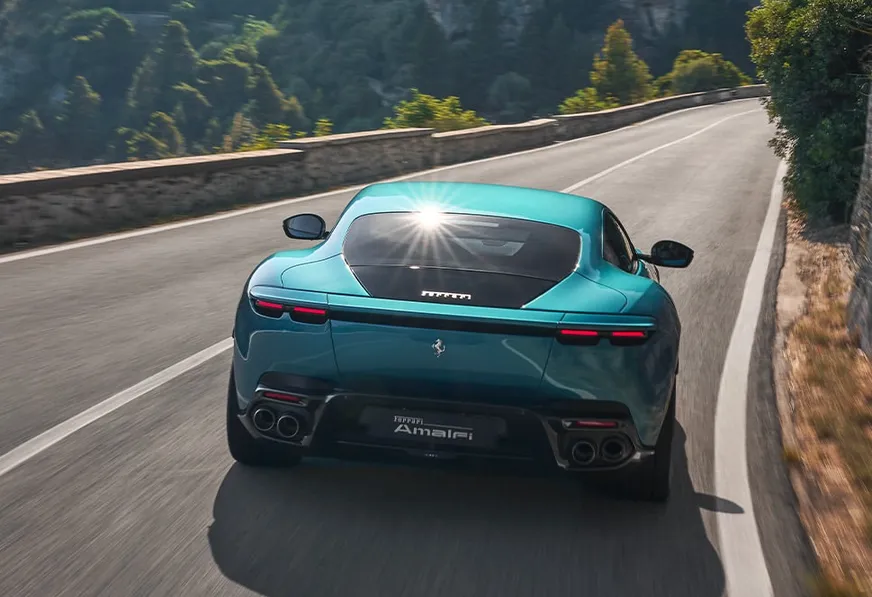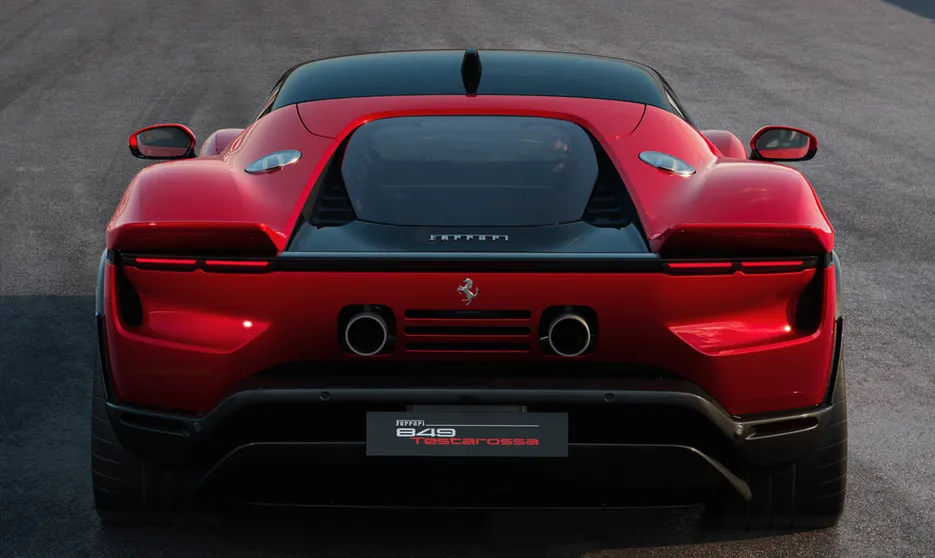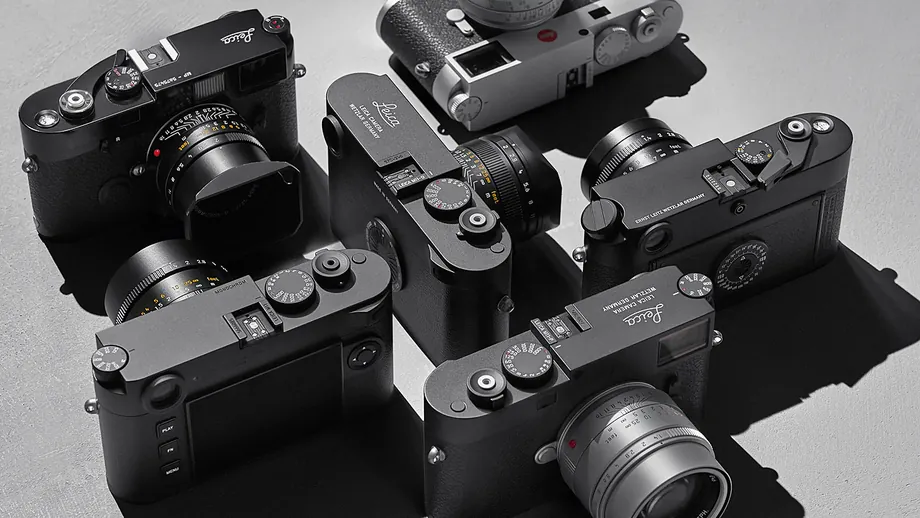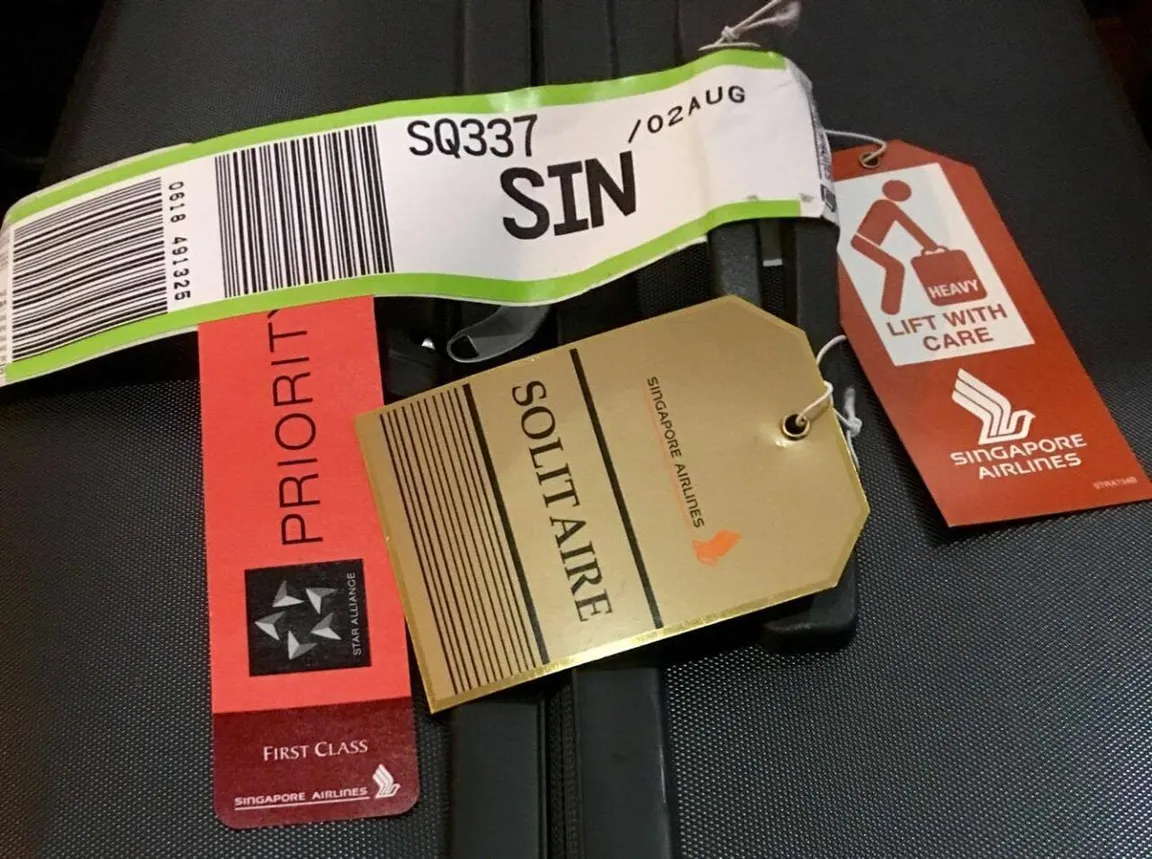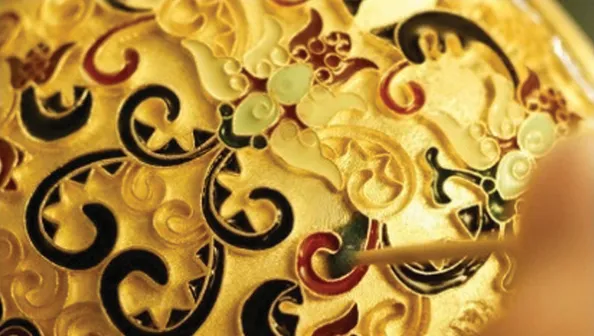Luxury lives in the imagination long before it lives in a garage. A name — or sometimes just three digits — can carry the weight of heritage, spark desire, and cement identity for decades.
Numbers promise order. Names ignite emotion. Some marques whisper poetry; others prefer to speak in statistics. And the best know how to blend the two, creating a lexicon of cars that are remembered not just for their horsepower, but for the stories their badges tell.
Today, performance metrics are almost background noise. Every limousine comfortably exceeds 400 horsepower. Sports cars regularly push past 600, some even nudging 1,000. The raw figures no longer surprise. What still moves us is the name — that evocative word or number that makes us imagine something greater than the sum of the parts.
This is the hidden power of naming in automotive luxury.
Ferrari: where numbers meet poetry
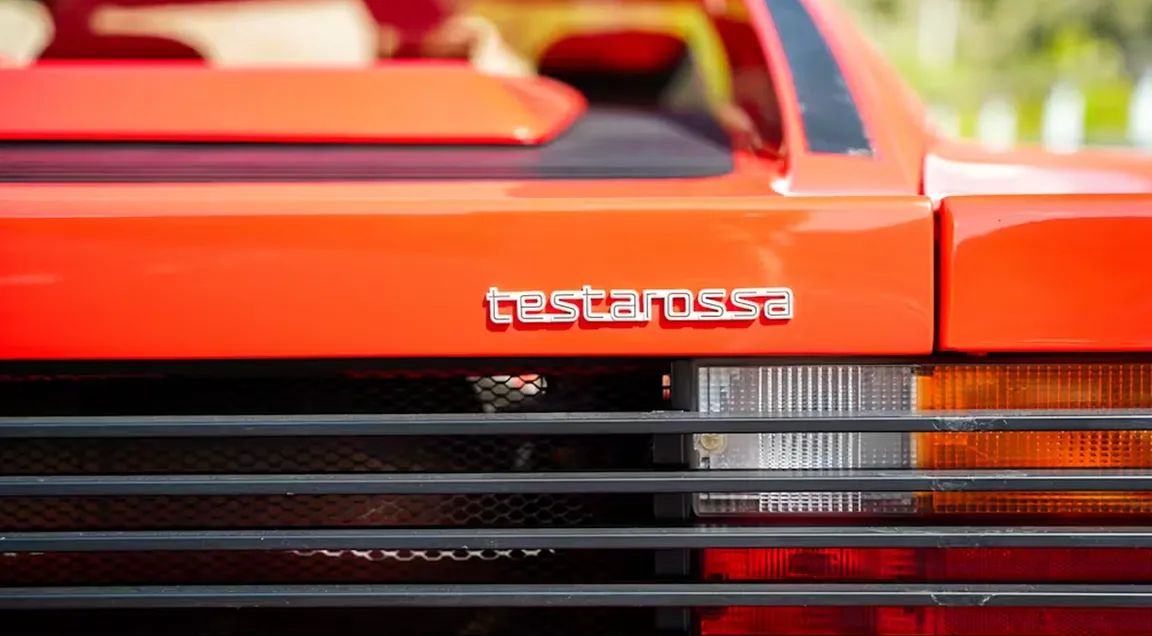
Ferrari has always lived in both worlds. Numbers for the engineers, poetry for the dreamers. And the dreamers usually win.
The F40 remains one of the most iconic examples. Launched in 1987, its name was disarmingly simple: “F” for Ferrari, “40” for the company’s 40th anniversary since its first road-approved car. That’s all it took. Clean, elemental, instantly memorable.
The 488 GTB plays on precision: 488 cc of displacement per cylinder. Add “GTB” — Gran Turismo Berlinetta — and suddenly the clinical becomes romantic, like an engineering equation spoken in Italian.
But where Ferrari truly stirs the soul is in names that evoke colour, place, and heritage.
- Testarossa — “red head” — originally from the 1950s, reborn in the 1980s, unforgettable for its scarlet cam covers and its role as a poster car of the decade. Few names are so vivid that they can leap across generations and still feel urgent.
- Dino — a tribute to Enzo Ferrari’s late son, carrying not just engineering but family emotion.
- 250 GTO — Gran Turismo Omologata, built for racing homologation, now one of the most valuable cars in history. A number, yes, but imbued with mythology.
- Daytona, named not officially but by the press after Ferrari’s sweep of the 1967 24 Hours of Daytona. A racing victory turned into an everlasting brand asset.
- Maranello, Fiorano, Modena — place names that tie Ferrari to its roots. To own one is to own a piece of the map of northern Italy.
- California then Roma and now Amalfi — lifestyle names, inviting owners not just to drive, but to imagine the dolce vita by the sea.
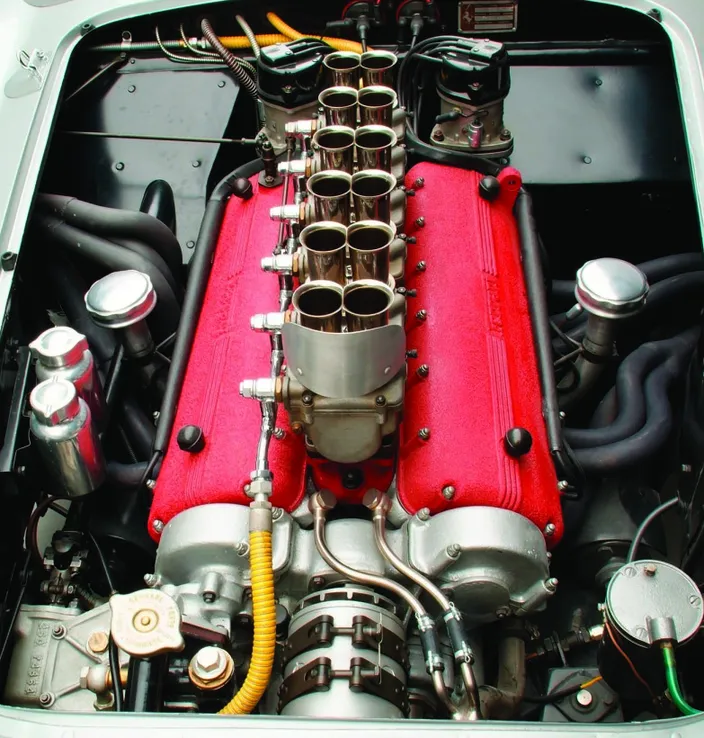
And then there’s LaFerrari. At first glance, absurdly simple — “The Ferrari.” At second glance, audacious. A statement that this was the definitive one. A name as much a provocation as a product.
Even Ferrari’s modern hybrids show the blend. The 296 GTB: “29” for the 2.9-litre engine, “6” for six cylinders. Pure mathematics. But alongside it sits the Purosangue, “thoroughbred,” Ferrari’s first SUV. Numbers for the mechanics, names for the imagination.
Which leads to the playful question: how many names are left? Maranello, Modena, Fiorano, Roma, Amalfi, Daytona, Enzo, LaFerrari. Will we one day see a Ferrari Florence, a Ferrari Venice? Or will Ferrari surprise us again, reaching deeper into heritage, racing history, or language for the next name that sends a shiver down the spine?
Insight: Ferrari shows how heritage names evoke nostalgia, while lifestyle names invite new audiences. Revival is not recycling — it’s reigniting associations that already live in the collective memory.
Mercedes, BMW, and the logic of numbers
Where Ferrari seduces, Mercedes and BMW once educated. Their names were systems: badges you could decode like equations.
A Mercedes S500 once meant: S-Class, five-litre V8. Simple, rational. Today, it means: S-Class, top-tier prestige, mild-hybrid six-cylinder. The displacement no longer matters. The badge now codes for hierarchy, not horsepower.
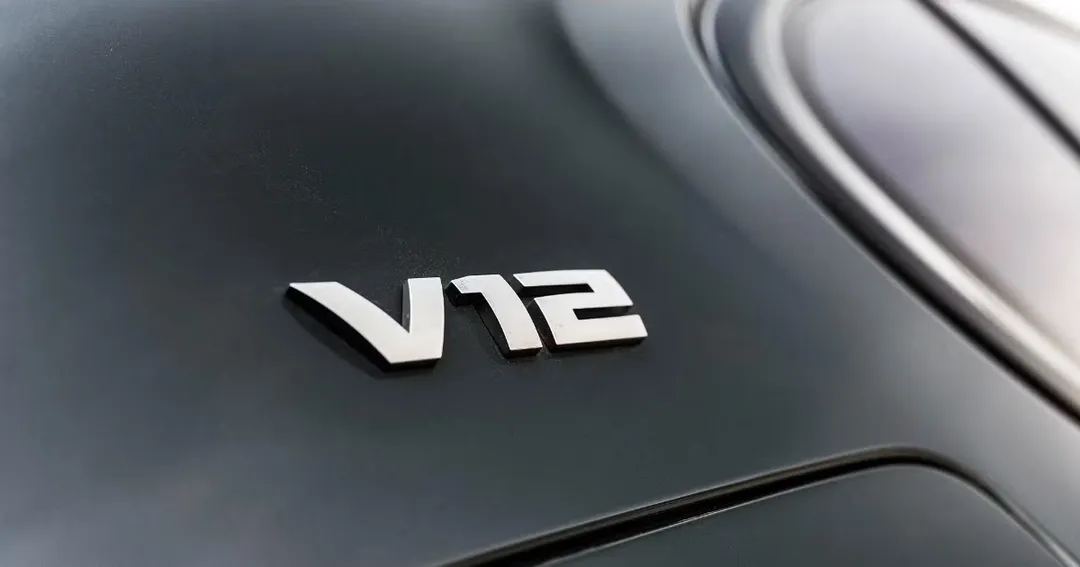
BMW followed the same logic. A 750i used to be a V12 five-litre. Today, the M760e carries a six-cylinder hybrid producing 571 hp. The digits endure, but their meanings have shifted. Numbers no longer describe — they signal status.
Yet even here, names creep back in. Maybach was once an independent marque. In the early 2000s, it revived Maybach as a standalone marque to compete with Rolls-Royce — and failed. Today, Maybach has been folded back in, marking the most luxurious layer of the Mercedes line-up, in contrast to the sportier AMG variants and the mainstream Mercedes-Benz range. Customers no longer ask about torque; they ask, “Is it a Maybach?” A heritage name, repurposed to elevate an entire sub-brand.
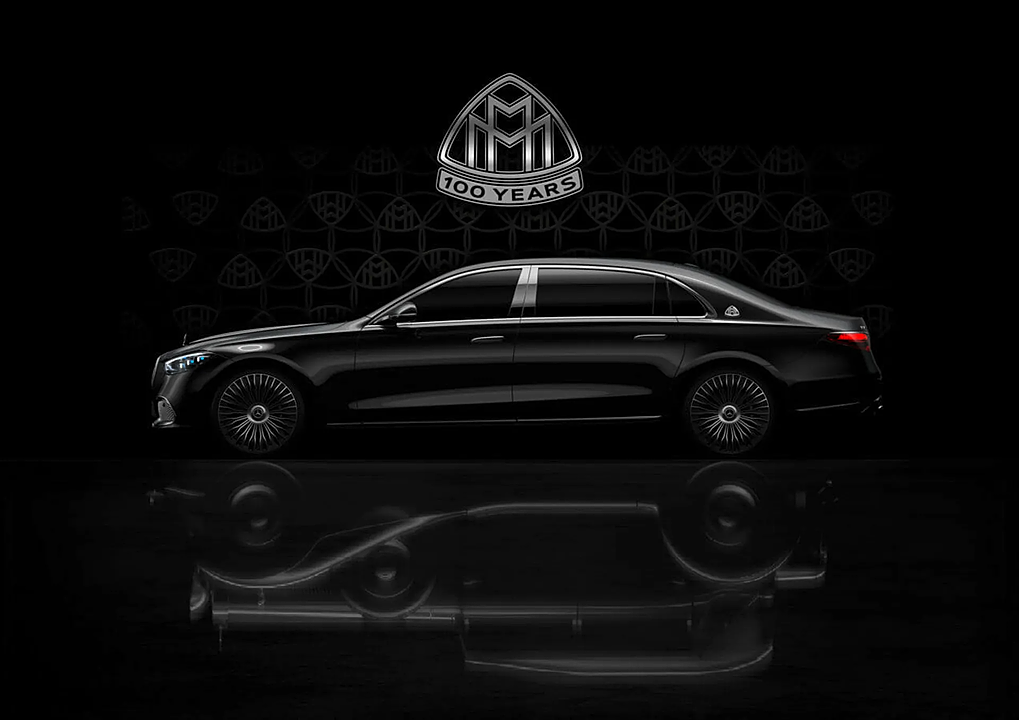
At the sharper end, McLaren shows how numbers can still matter. The 765LT explains itself: 765 horsepower, 765 units produced, LT for Longtail. The name carries engineering, scarcity, and history (the Longtail heritage of McLaren’s racing prototypes). It’s a code that still thrills.
Numbers may lose their literal link to engines, but they endure as codes of status. Heritage names, however, can be revived to create instant layers of meaning that numbers alone cannot carry.
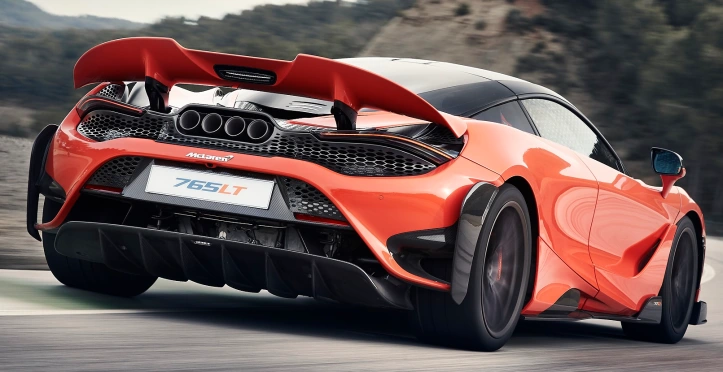
Porsche: the number that became legend
Sometimes, numbers are all you need.
The Porsche 911 was never meant to exist. The car launched as the 901. But Peugeot held the trademark on three-digit numbers with a zero in the middle. Porsche switched to 911. And the rest is history.
Over the decades, “911” has become a universal code. Even non-enthusiasts know it. Three digits, globally understood, carrying six decades of racing glory, engineering refinement, and cultural symbolism. The name is so strong that variants (Turbo S, GT3, Carrera) become rather seasoning, not replacements.
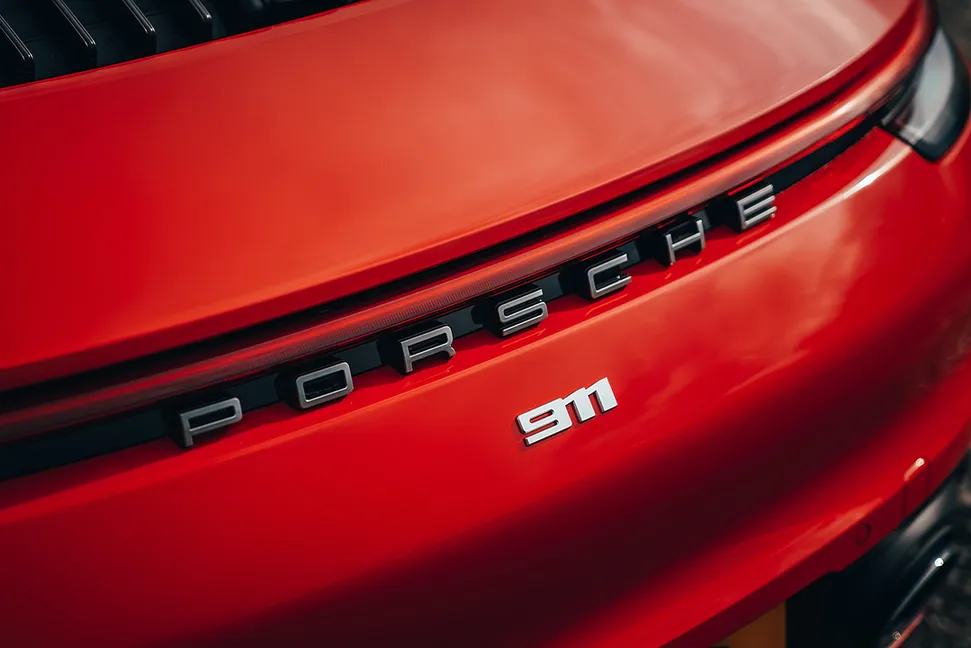
Porsche has broadened its lexicon with evocative SUV names. Macan (tiger in Indonesian) promises agility. Cayenne adds spice. Taycan — “soul of a spirited young horse” — ties the electric future to Porsche’s equestrian crest.
Porsche shows that a number can become a legend in itself. But when expanding the portfolio, evocative names provide room to grow while the anchor number stays sacred.
Rolls-Royce: the spooky poetry of silence
If Ferrari is fire and Porsche is precision, Rolls-Royce is theatre.
Phantom. Ghost. Wraith. Spectre. These are not car names — they are apparitions. Rolls-Royce has built a vocabulary of silence and otherworldliness. Each name suggests presence without effort, power without noise, a ride that feels supernatural.
The lineage stretches further: Silver Shadow, Silver Spirit, Silver Seraph. Even in metallic form, the words are ethereal. Rolls-Royce does not measure performance in horsepower; it measures it in hush.
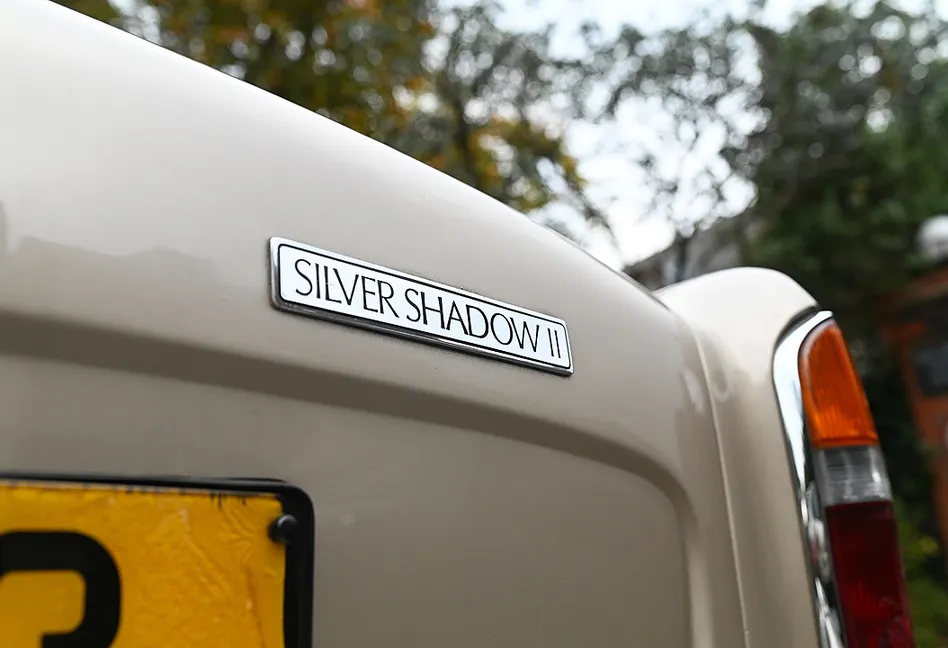
The newest chapter, the Spectre, is their first fully electric car. The name fits perfectly: silent, powerful, mysterious. A natural evolution of the ghostly tradition.
Rolls-Royce proves that mystique can be more powerful than metrics. Its names sell the feeling of being carried beyond the ordinary — a brand world where numbers simply don’t matter.
Bentley: geography and racing tradition
Where Rolls-Royce floats in mystery, Bentley grounds itself in place and performance.
- Mulsanne — named for the corner at Le Mans, where Bentley’s endurance cars once thundered.
- Brooklands — the historic British racetrack, a temple of early motor racing.
- Arnage — another Le Mans corner, linking again to racing history.
- Bentayga — a rock formation in Gran Canaria, rugged and dramatic, perfect for an SUV.
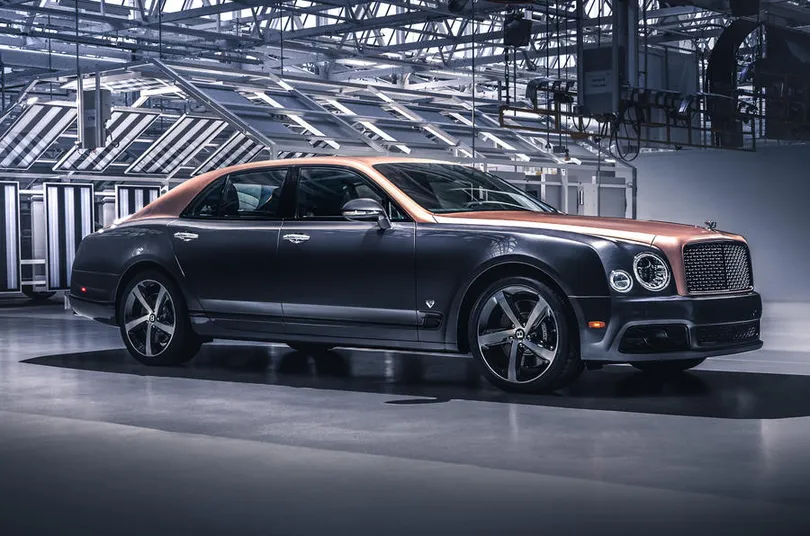
Bentley names carry geography, motorsport, and substance. They connect the grandest limousines to the grit of racing and the texture of landscapes.
Bentley shows how grounding names in places and tracks adds depth, rooting luxury in stories of speed, endurance, and geography.
Corvette and Cobra: metaphor in motion
Not all brands rely on numbers or place names. Some went straight for metaphor — and it worked.
The Chevrolet Corvette borrowed its name from a small, nimble warship. The imagery was deliberate: fast, manoeuvrable, and armed with attitude. Over time, Corvette became shorthand in America for attainable performance with a military edge.
The AC Cobra, by contrast, was almost improvised genius. Carroll Shelby took the lightweight British AC Ace and fitted it with a Ford V8. He needed a name that carried menace and speed. Cobra — simple, dangerous, unforgettable — turned the car into a legend. Even today, you don’t need to know the specs to feel what “Cobra” means.
Corvette and Cobra show how a single metaphor can give a car an aura that far outlives its technical details. When the name already feels fast, you don’t need to explain the horsepower.
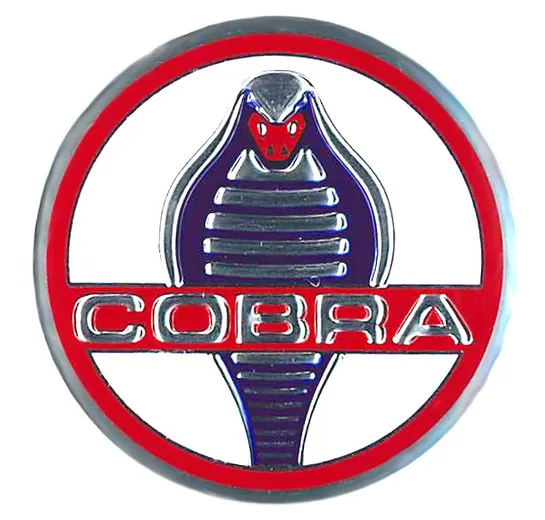
Maserati, Lamborghini, Jaguar: forces of nature
Other marques build entire traditions around natural forces and animals.
- Maserati draws on the winds: Mistral, Ghibli, Levante — Maserati’s tradition of naming cars after famous winds dates back to the 1960s. Each one conjures motion, force, and atmosphere. It’s a system that gives the brand continuity, while leaving plenty of room for reinvention.
- Lamborghini takes bulls: Since the 1960s, Ferruccio Lamborghini — himself born under the star sign Taurus — rooted his brand in bullfighting lore. Cars like Miura, Murciélago (a bull spared after surviving a fight), Gallardo, Aventador, and Huracán are all named after famous fighting bulls or breeds. The tradition gives Lamborghini names an immediate sense of theatre, danger, and strength.
- Jaguar doesn’t need to search far for metaphor — the animal is already in the brand name. The model names themselves — E-Type, XJ, F-Type — are alphanumeric, almost clinical. But the cars’ forms and the brand’s storytelling have always leaned on the feline: sleek, muscular, agile, ready to strike.
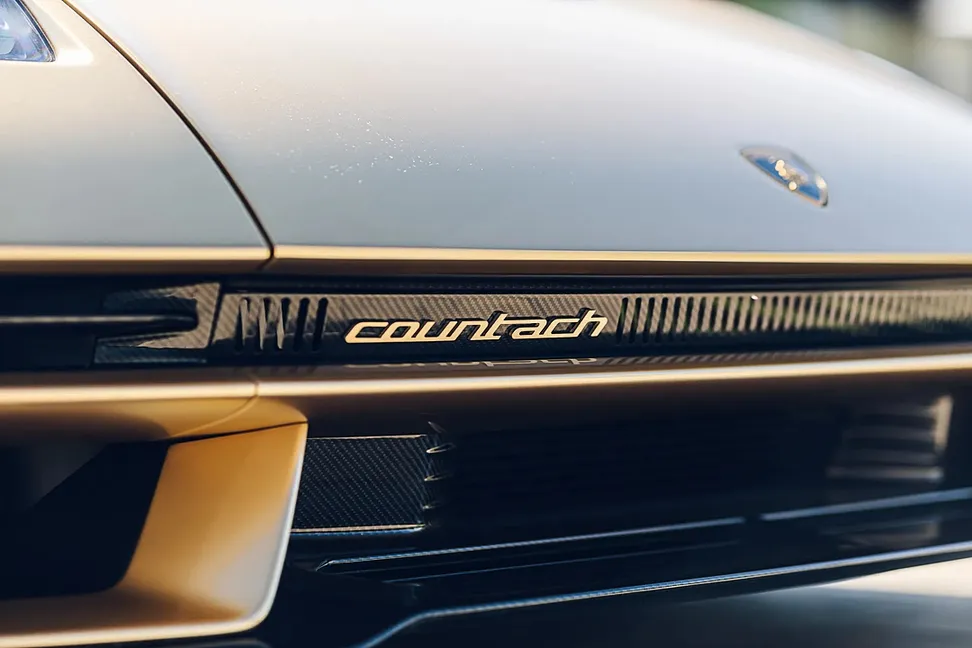
When names connect to nature or animals, they create universes of meaning that customers instantly understand and emotionally connect to.
Cross-sector parallels
The lessons go beyond cars. In luxury fashion, a handbag called Birkin carries the romance of a muse, while 2.55 is a numeric code rooted in history (February 1955). In hospitality, a hotel called Raffles conjures colonial glamour and legacy, while Room 101 is just a number.
Across categories, the same pattern holds: a strong name can outlive products, revive heritage, and carry emotion that specifications alone cannot.
Final reflections: the playbook of names
From Ferrari’s Testarossa to Rolls-Royce’s Phantom, from Porsche’s 911 to McLaren’s 765LT, names and numbers shape desire as much as design and performance.
The lessons are clear:
- Numbers once described engines; today they signal hierarchy and belonging.
- Names evoke imagination — colour, place, lifestyle, mystique.
- Reviving names works because the association already lives in memory (Testarossa, Countach, Maybach).
- Performance is no longer the differentiator; emotion is. In a world where every limousine exceeds 400 horsepower, the story matters more than the spec sheet.
The strongest brands know when to lead with numbers, when to lean on names, and when to blend both into legends.
So, what’s your name? Is it poetry, precision — or both?
